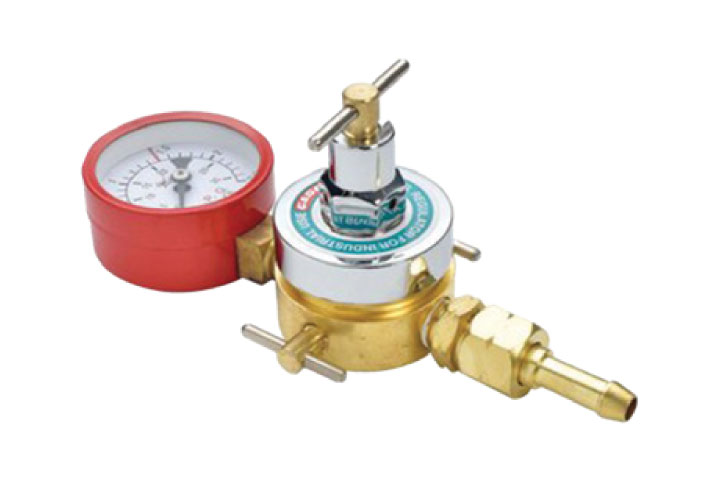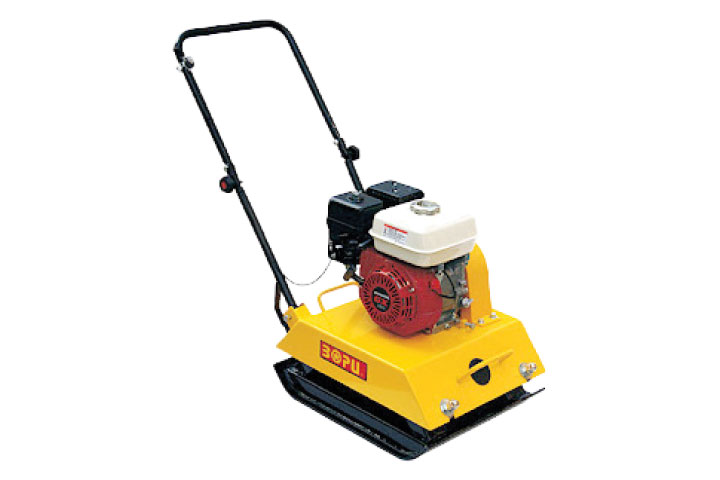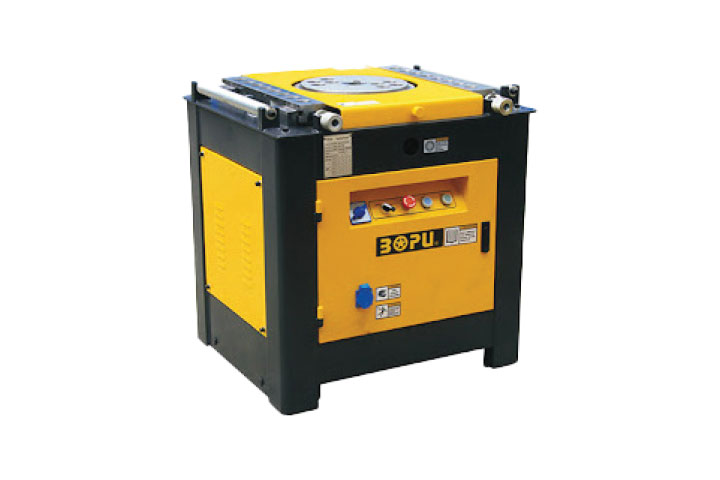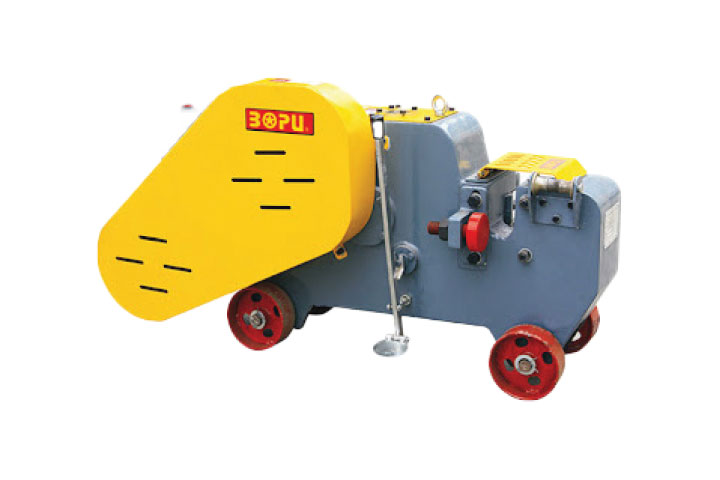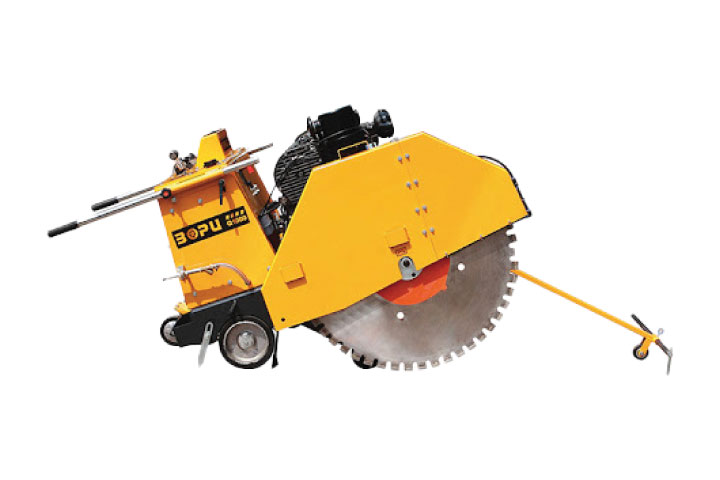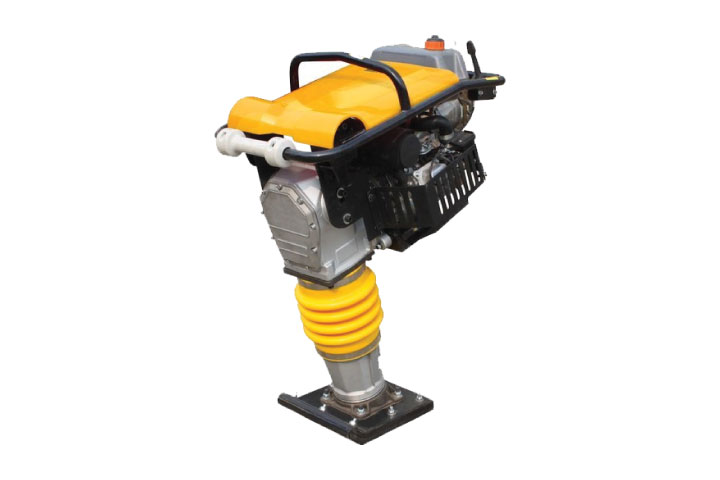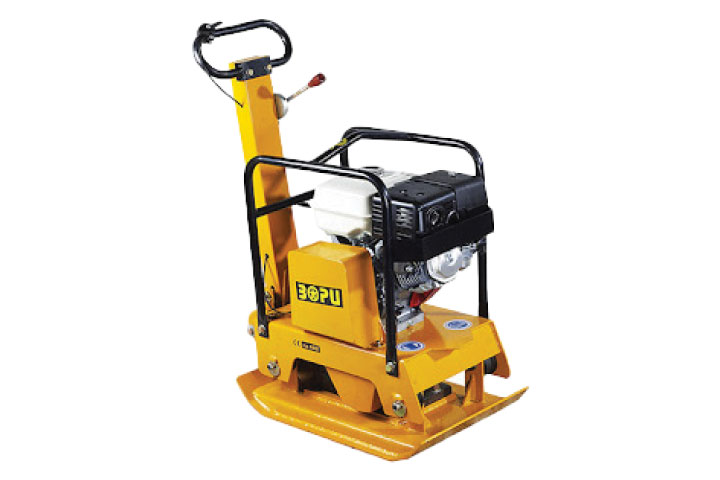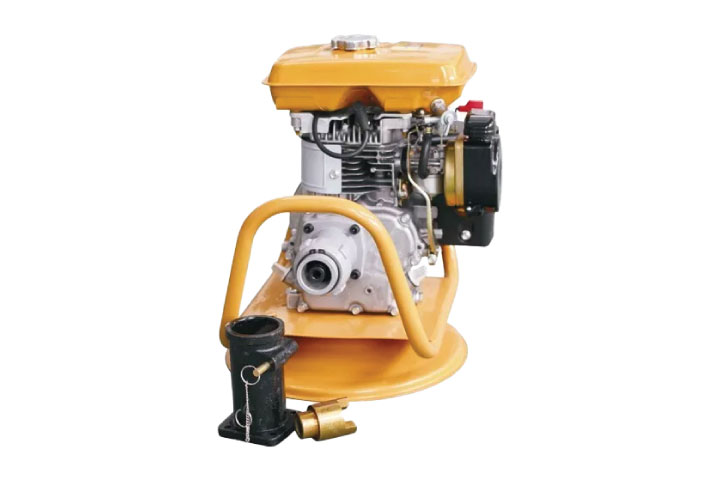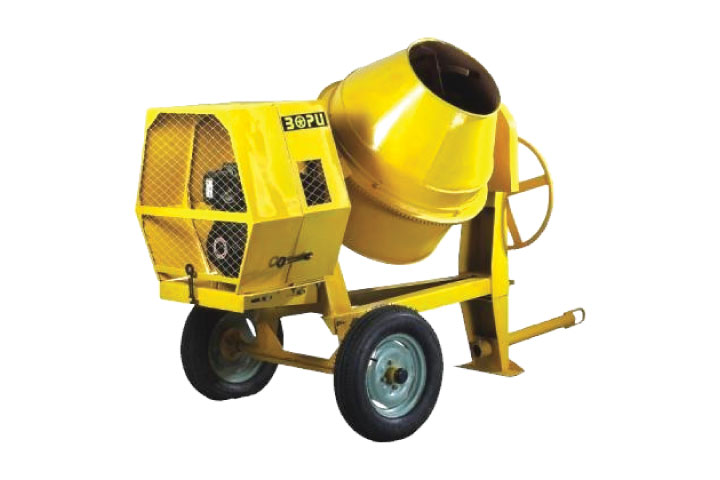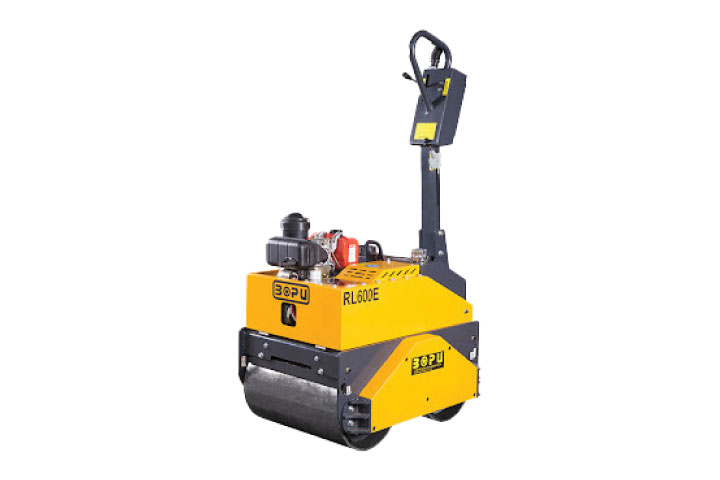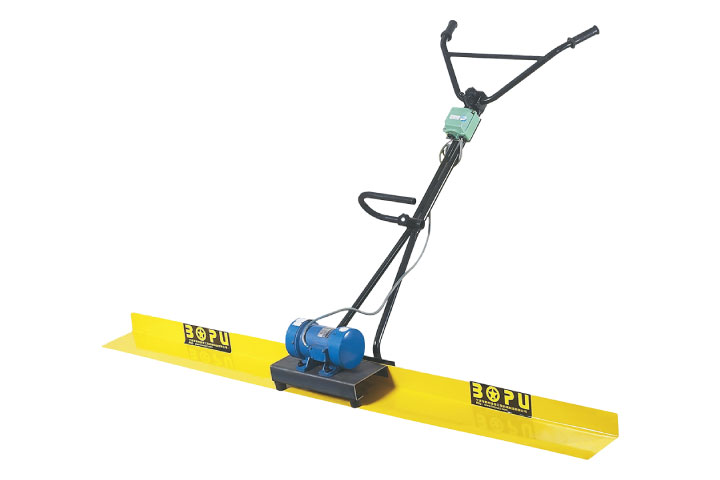LPG Regulator
An LPG regulator is a device that is used to control the flow of liquefied petroleum gas (LPG) from a storage tank or cylinder to an appliance such as a stove, furnace, or grill. The regulator reduces the pressure of the gas from the storage tank or cylinder to a level that is safe and appropriate for the appliance.
LPG regulators come in different types and designs, but they all have three main components: a pressure gauge, a pressure-reducing valve, and a connection for the gas hose. The pressure gauge shows the pressure of the gas in the system, the pressure-reducing valve controls the flow of gas and reduces the pressure, and the gas hose connects the regulator to the appliance.
There are two main types of LPG regulators: first stage and second stage regulators. First stage regulators reduce the pressure from the storage tank or cylinder to a level that is appropriate for the second stage regulator. Second stage regulators further reduce the pressure to a level that is safe and appropriate for the appliance.
LPG regulators are critical in ensuring the safe and efficient operation of LPG-powered appliances and systems. It's important to make sure that the LPG regulator is compatible with the appliance and is installed and maintained correctly to avoid gas leaks and other hazards.

